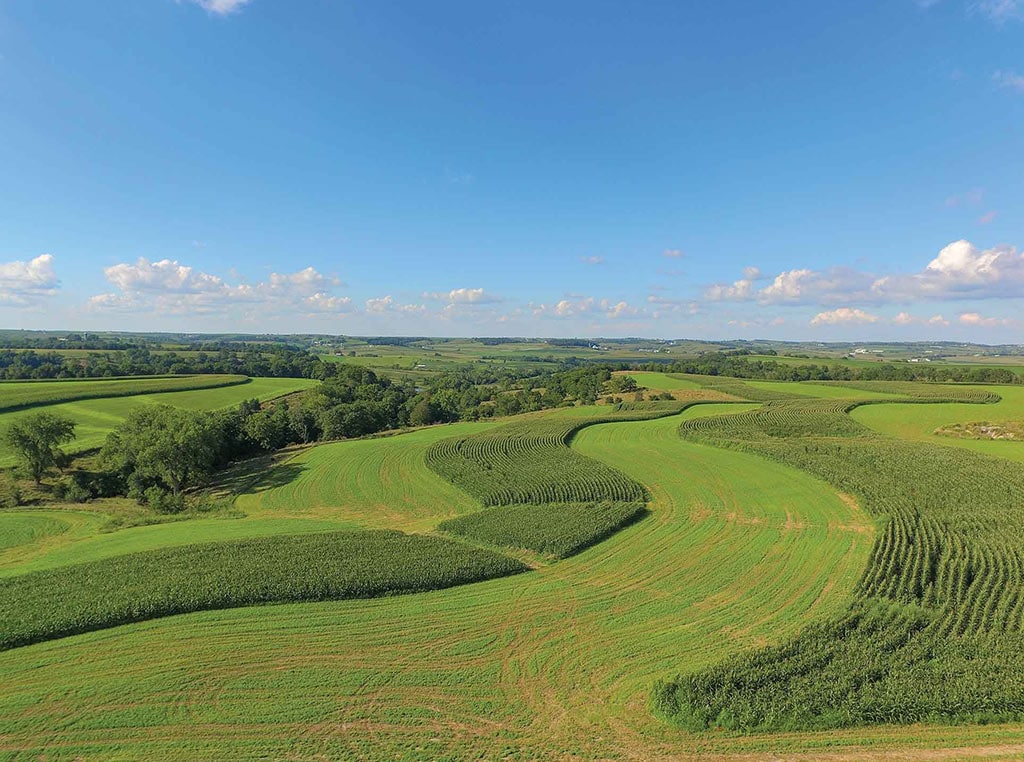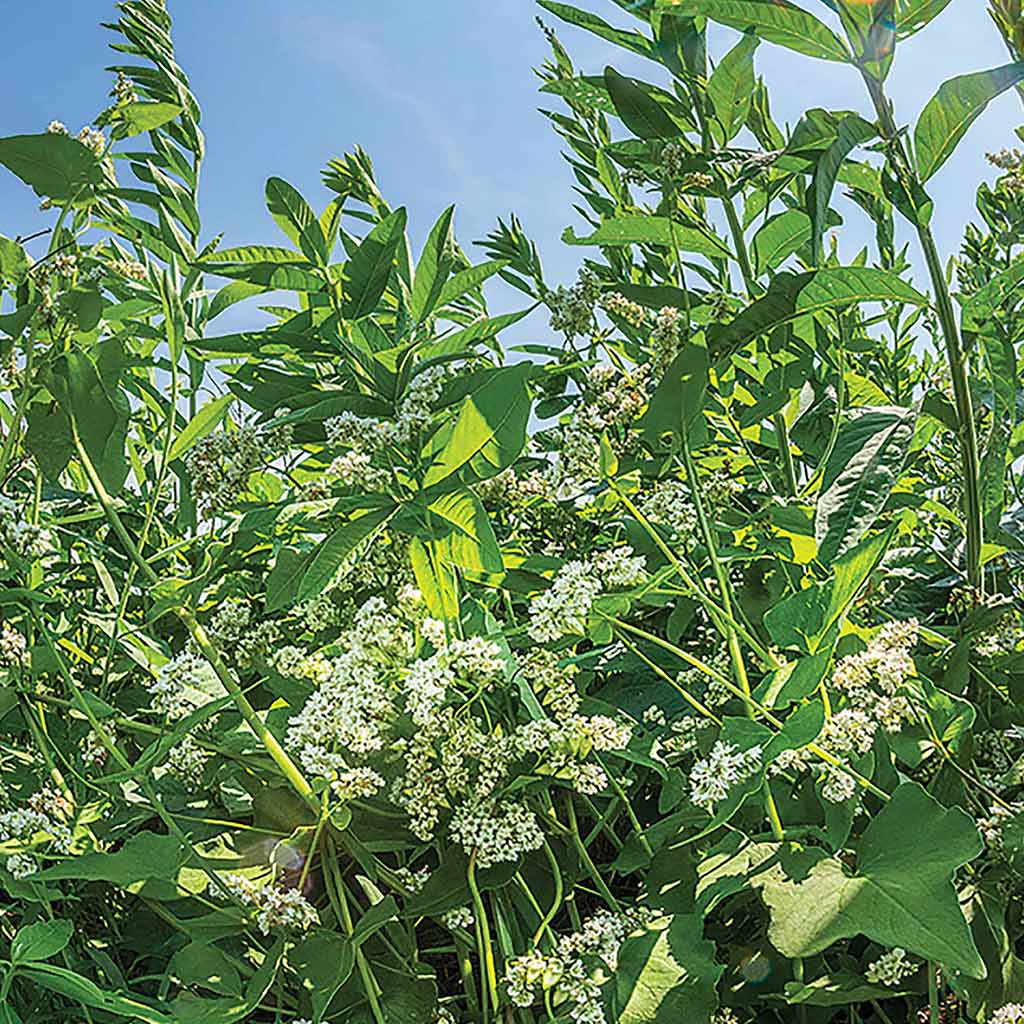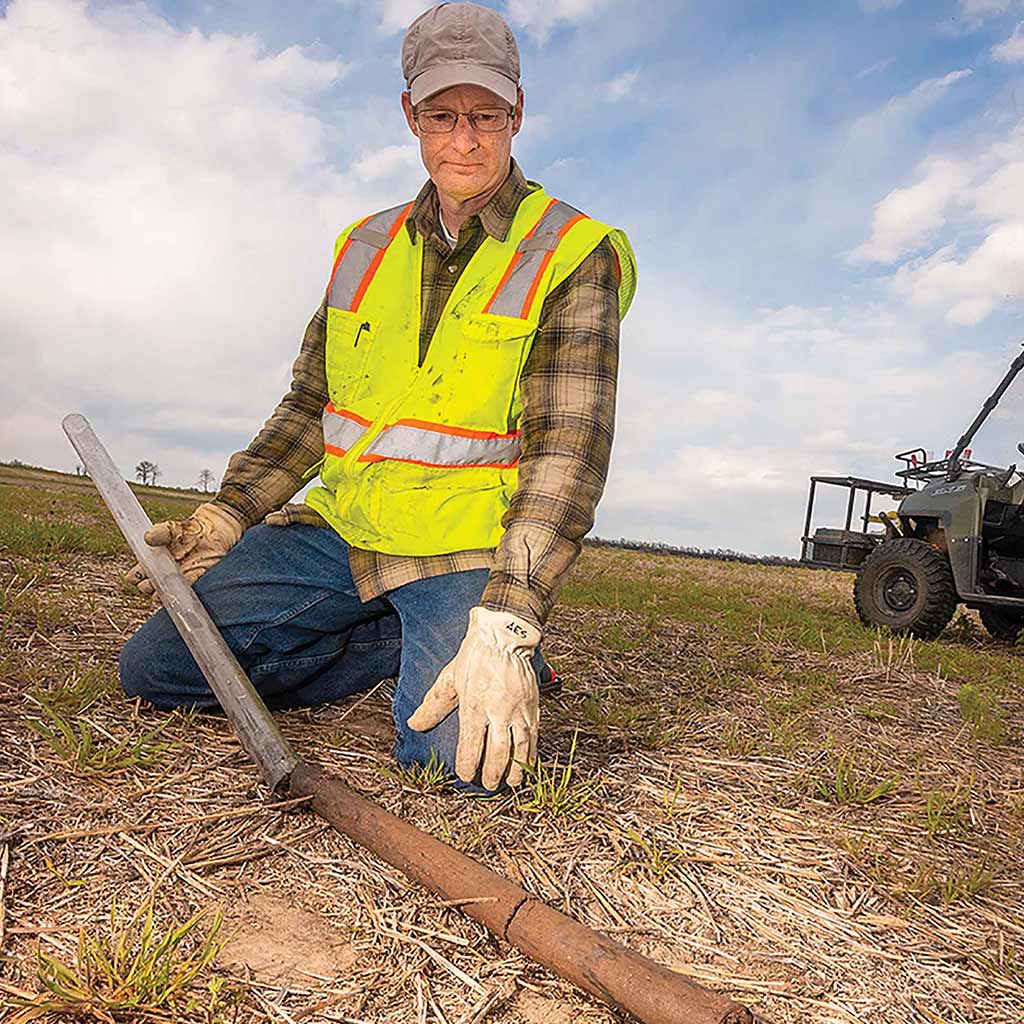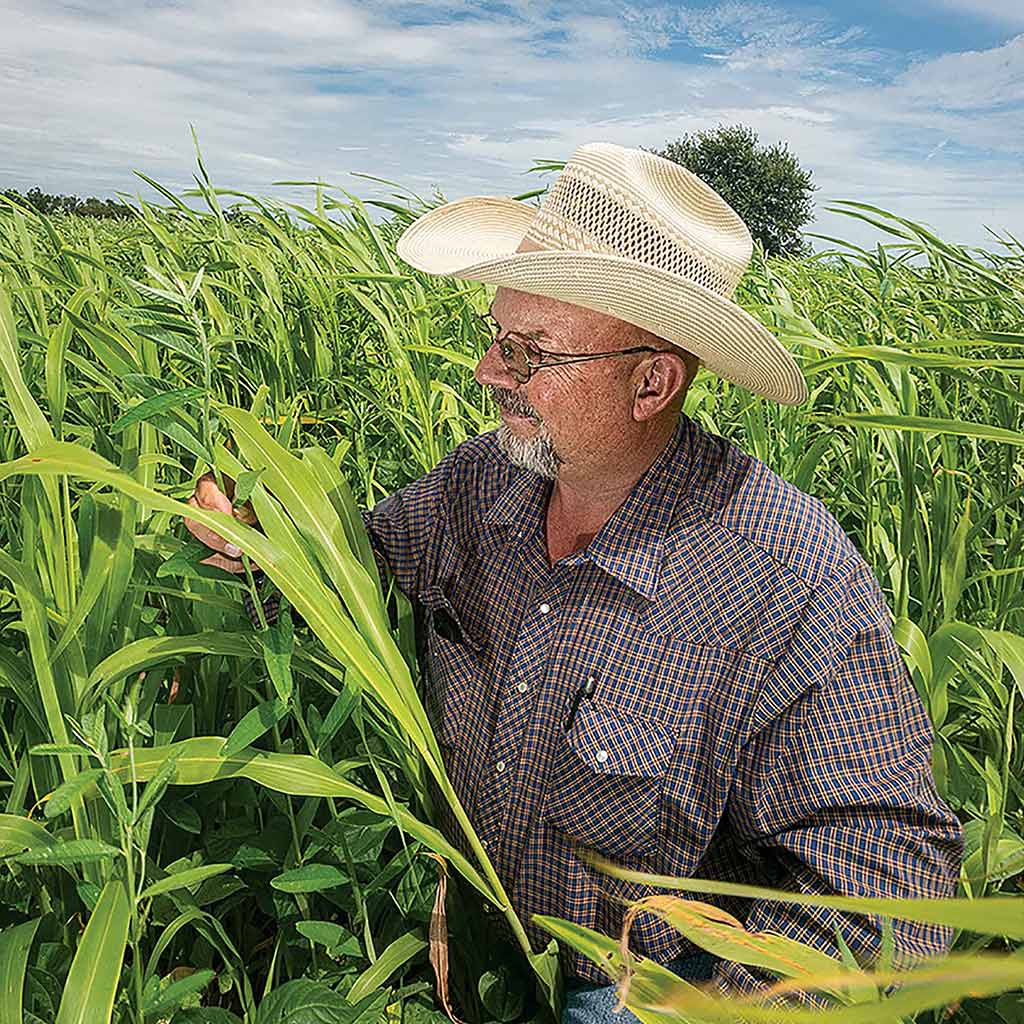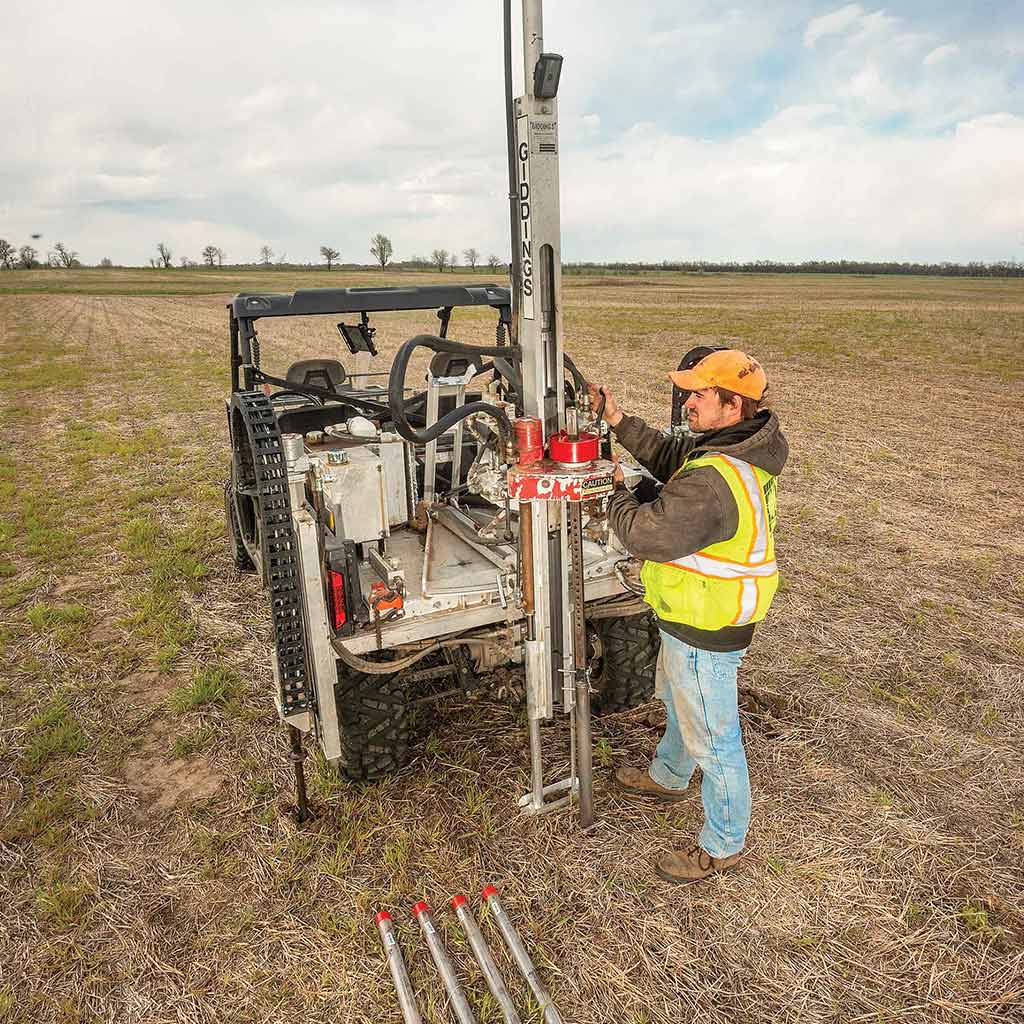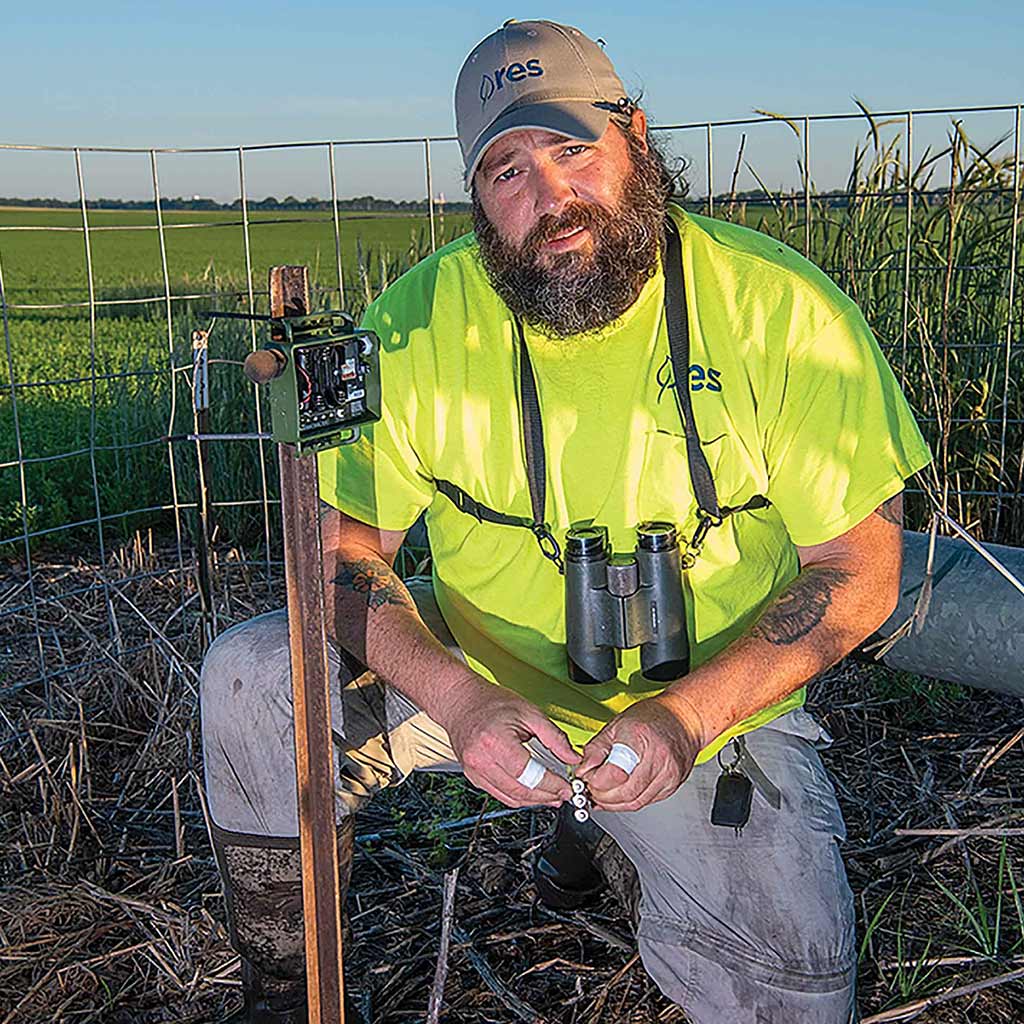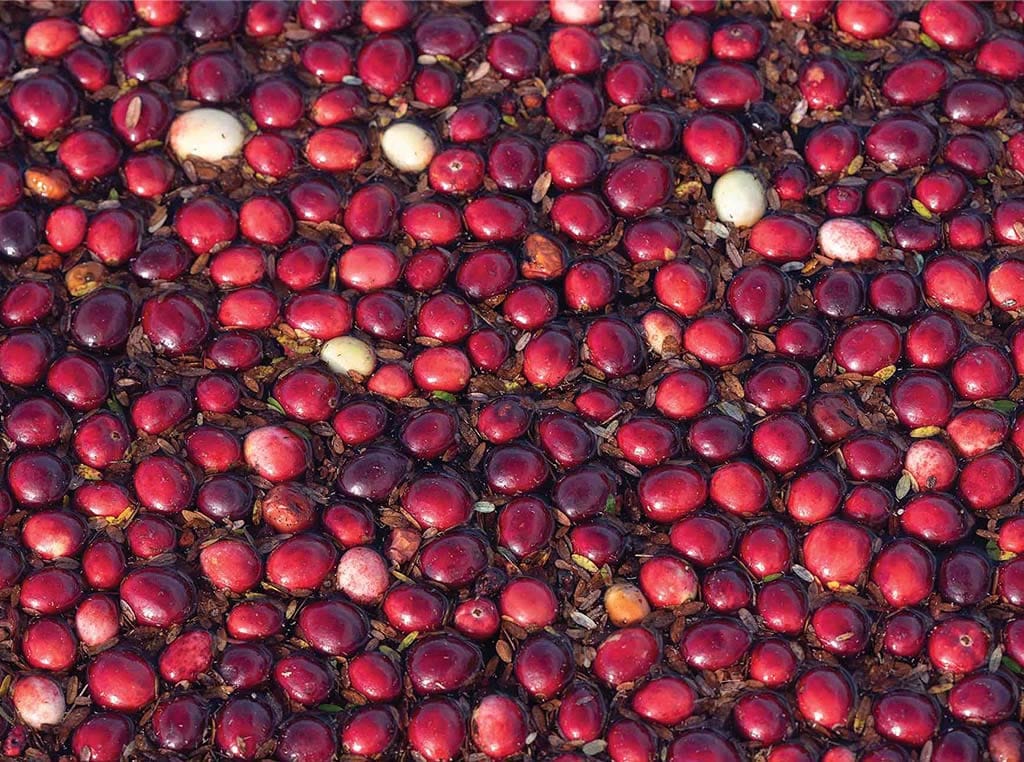Agriculture, Sustainability June 01, 2022
Reaping Environmental Rewards
.
Food and ag businesses are leading stewardship efforts.
Environmental stewardship is emotionally rewarding for farmers who take pride in their legacy. Now, that stewardship can be economically rewarding as well, as agriculture is being increasingly recognized as a solution to many of society’s environmental concerns.
This realization is illustrated by an exploding interest in markets for carbon credits and other ecosystem service incentives. “The number of companies who want to use carbon offsets from agriculture to help meet ‘net zero’ environmental commitments they’re making is skyrocketing,” says Ariel Hayward, lead for sustainability development for Patch Technologies.
“The carbon market is very real—it’s grown to resemble a commodity market and credits are in short supply, so value is increasing,” she adds.
Farmers generate carbon credits by adopting new regenerative practices—like no-till and cover cropping—that sequester carbon in the soil. One metric ton of sequestered carbon equals one carbon credit whose current value is around $30. A host of aggregators, including Indigo Ag, Corteva, Bayer, Cargill, Nori, FBN, Land O’ Lakes, CIBO and ESMC, have launched platforms to verify, quantify and market the credits.
Above. Carbon credit programs typically require grid soil sampling and many use computer models and satellite imagery to monitor practices and measure results. Cover cropping and no-till can generate from .2 to 1.5 carbon credits per acre. Jimmy Emmons is one of a group of soil health minded farmers promoting the RIPE 100 plan which would empower USDA to reward farmers for the total value environmental efforts provide society.
Reality. Despite all this excitement, ag websites are crowded with comments from farmers frustrated with tedious sign-up requirements, endless record reporting and the often disappointing rewards that many markets paid in their first year. Some farmers received as little as $3 per acre and few got enough to cover the cost of transitioning production practices.
“Signing up was such a hassle that I finally gave up,” says Clearwater, Kansas, farmer Max Tjaden. “From what I’ve heard I wouldn’t have gotten much anyway, but most disappointing was that many fields were not eligible because I was already using soil health practices.”
“This problem of ‘additionality’—the rule that says carbon credits can only come from ‘new’ practices—and the disappointing payment levels are indicative of carbon marketing being new to agriculture,” says Billy Cripe, marketing vice president for CIBO Technologies.
Cripe adds that the standards and protocols governing the carbon marketing industry—which is 30 years old—are changing to better accommodate agriculture. “Things will be more streamlined and payments better in five years, but that doesn’t mean farmers should wait to get involved.”
Several carbon credit marketers are easing the transition to regenerative practices by paying for them. CIBO’s Bridge program pays $35 per acre the first year in exchange for a right of first refusal on whatever credits are earned. The payment declines to $25, $15 and $10 in following years.
Ryan, Iowa, farmer Brad McDonald transitioned 80 acres of his farm to regenerative practices this spring. He took CIBO’s $35 ‘bridge’ payment and is tapping state cost-share programs that pay $10 and $25 per acre for no-till and cover cropping respectively.
In his analysis, the cost for consulting, biological soil sampling and cover crop seeding totaled $32.85 per acre. Meanwhile, soil test results showed he could reduce fertilizer inputs by $77 per acre and machinery costs by $9 per acre.
“I was showing a profit of $53 per acre without any carbon or incentive payments and $123 per acre after them. With that, I’ve got roughly 20 bushels of wiggle room in this fall’s yield without suffering any loss.”
McDonald is working with Continuum Ag consultant Mitch Hora (continuum.ag), who says the input cost savings his customers have seen from using regenerative practices averages $106 per acre. “Carbon payments are good to help farmers get on board with regenerative practices, but the agronomic benefits soon dwarf carbon payments,” he says.
Stacking. Many state and regional grant and cost sharing programs are available to aid the transition to the practices needed to begin marketing carbon credits. Those can be stacked with payments from USDA’s EQIP and CSP programs. More help from USDA may come from the recently announced Partnerships for Climate-Smart Commodities program, which proposes to finance pilot projects that create market opportunities for agricultural producers that use climate-smart practices and include innovative, cost-effective ways to measure and verify greenhouse gas benefits.
The regenerative practices that sequester carbon have other environmental benefits. General Mills is testing methods of rewarding those practices in a pilot project in Kansas that netted farmers up to $45 per acre in rewards last year.
A farmer-led effort dubbed the Rural Investment to Protect our Environment (RIPE) 100 plan is also being considered by USDA. Leedey, Oklahoma, farmer Jimmy Emmons says RIPE 100 would pay farmers a minimum of $100 per acre or per animal unit for the total public benefits they deliver by reducing greenhouse gas emissions, improving soil health, cleaning and conserving water, mitigating floods, enhancing recreation and more.
“The plan would remedy many of the shortcomings of current carbon payment programs,” says Emmons. “It would be a voluntary program that doesn’t penalize early adopters of conservation practices. We’ve got documented research proving that all the environmental benefits the various conservation practices provide society is well worth $100 per acre.” ‡
Above. Food companies are scrambling to minimize their own carbon footprint and buy carbon credits from farmers to become carbon neutral and attract the favor of consumers who say they favor products that reach that goal. General Mills is funding a pilot project in Kansas to help farmers generate environmental credits for not only sequestering carbon, but also improving water quality, reducing erosion and benefitting wildlife.

